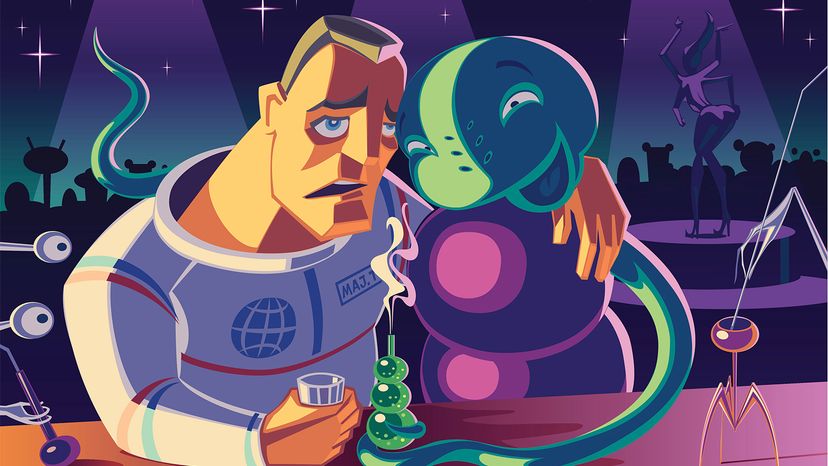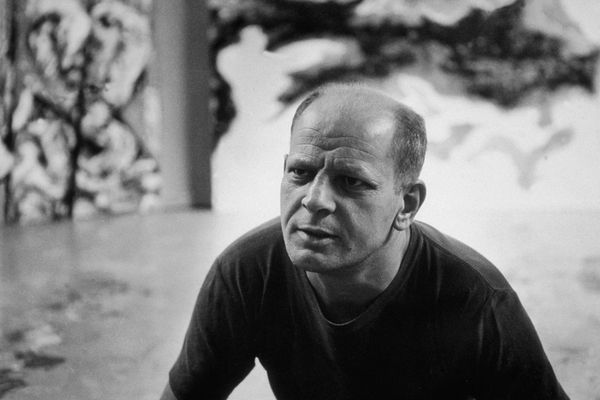
In September 2018, a new breakthrough in space technology was uncorked — a specially designed bottle that will make it possible to drink Champagne in the microgravity environment of space. The bottle contains two chambers, as detailed in this Agence-France Presse article, one for the Champagne and the other for a valve that uses the carbon dioxide in the Champagne to eject foamy little alcohol spheres, which can then be scooped into long-stemmed glasses for sipping. Once inside the mouth, the spheres turn back — voilà — into liquid Champagne. This video from Champagne maker G.H. Mumm shows how it worked on a test flight:
The space Champagne, as AFP reported, is envisioned as an amenity for space tourists who someday may be taking pleasure trips with private space-flight operators.
Advertisement
If future recreational astronauts do get the chance to savor some of the bubbly, it won't be the first time that alcohol has been consumed in space. The practice goes back to the early days of the Soviet space program, when the USSR's doctors reportedly sent cosmonauts into orbit with rations of cognac. "We used it to stimulate our immune system and on the whole to keep our organisms in tone," one former cosmonaut told NBC News. Later on, cosmonauts began drinking a liqueur containing ginseng, a root that's a traditional Asian herbal remedy for improving energy and concentration.
NASA, in contrast, generally hasn't allowed astronauts to drink — not just in space, but also within 16 hours of a space launch. But the agency has wavered from its teetotaling stance at times. There reportedly was a plan, for example, to allow the Apollo 8 crew to drink a small ration of brandy to go with their Christmas meal of dehydrated bacon cubes and turkey gravy stuffing, but Commander Frank Borman decided that they should forgo the alcohol. On the Apollo 11 trip to the moon in 1969, astronaut Buzz Aldrin did open a small plastic container of wine, but it was so that he, a Presbyterian elder, could take communion, according to NBC News.
As former NASA food developers Charles T. Bourland and Gregory L. Vogt detail in their book "The Astronaut's Cookbook: Tales, Recipes, and More," NASA considered providing astronauts on the Skylab mission in the 1970s with sherry, packaged in flexible plastic pouches with built-in drinking tubes, but the idea was nixed for fear of negative publicity.
But back in 1985, a NASA report titled "Living Aloft: Human Requirements for Extended Spaceflight" did contemplate the pros and cons of drinking on space flights and in future settlements on the moon or other planets. "It is unlikely that alcohol as a social beverage will find its way into space, at least until relatively large and stable settlements are established," the report noted. "Alcohol, as a recreational drug, may be keenly missed by space travelers, since there is evidence that alcohol plays an important social role in exotic environments."
Advertisement
